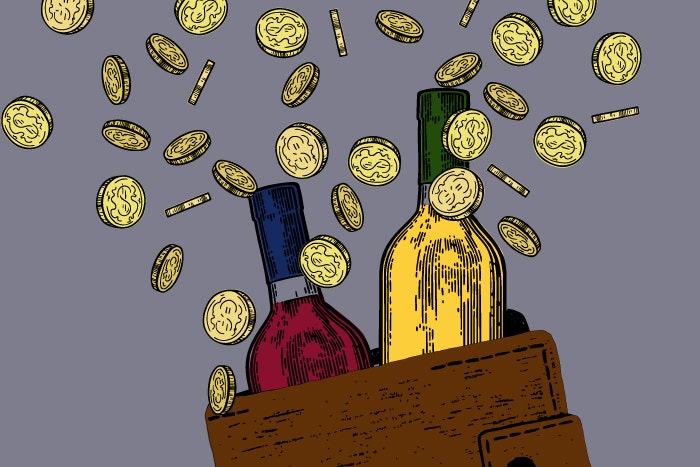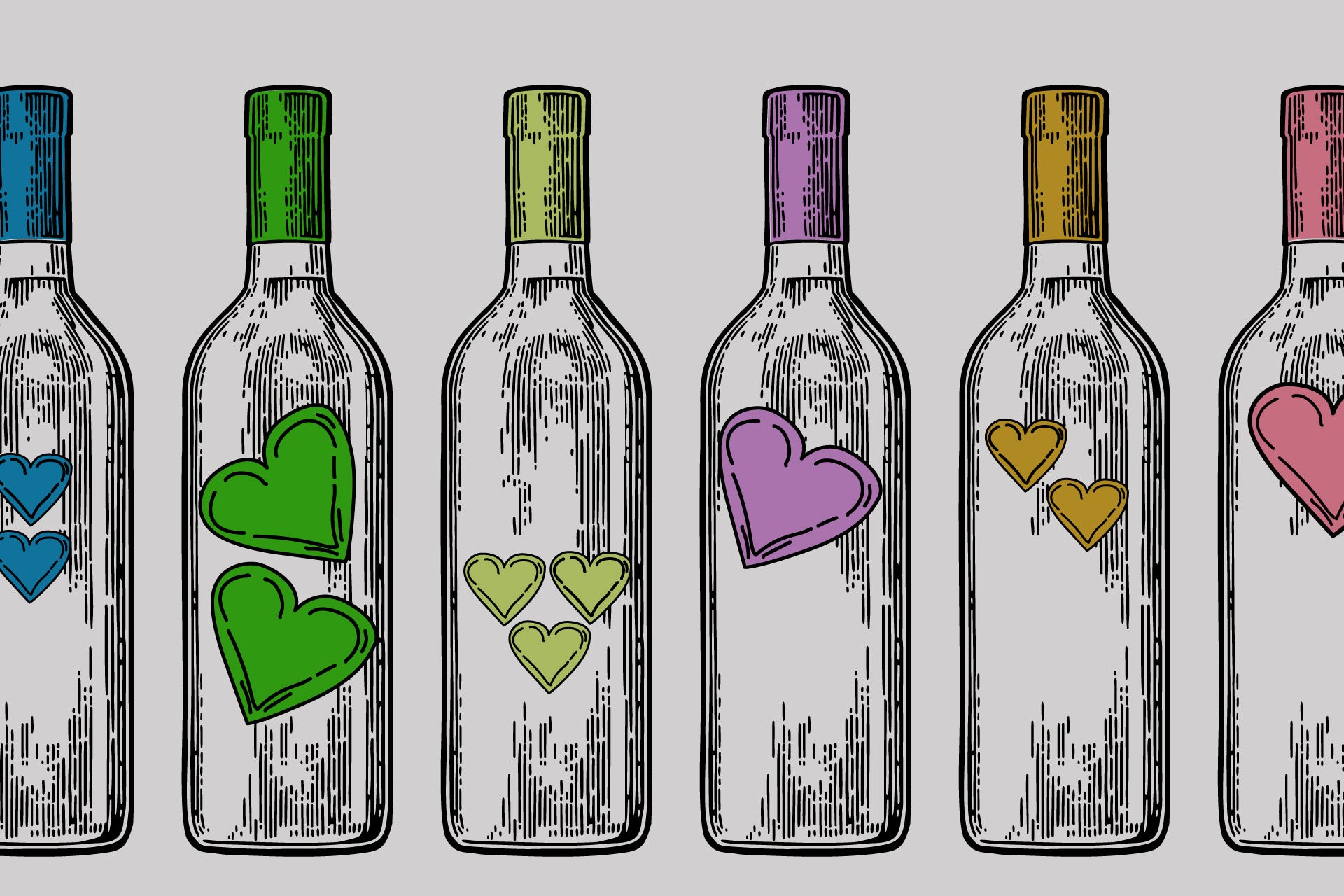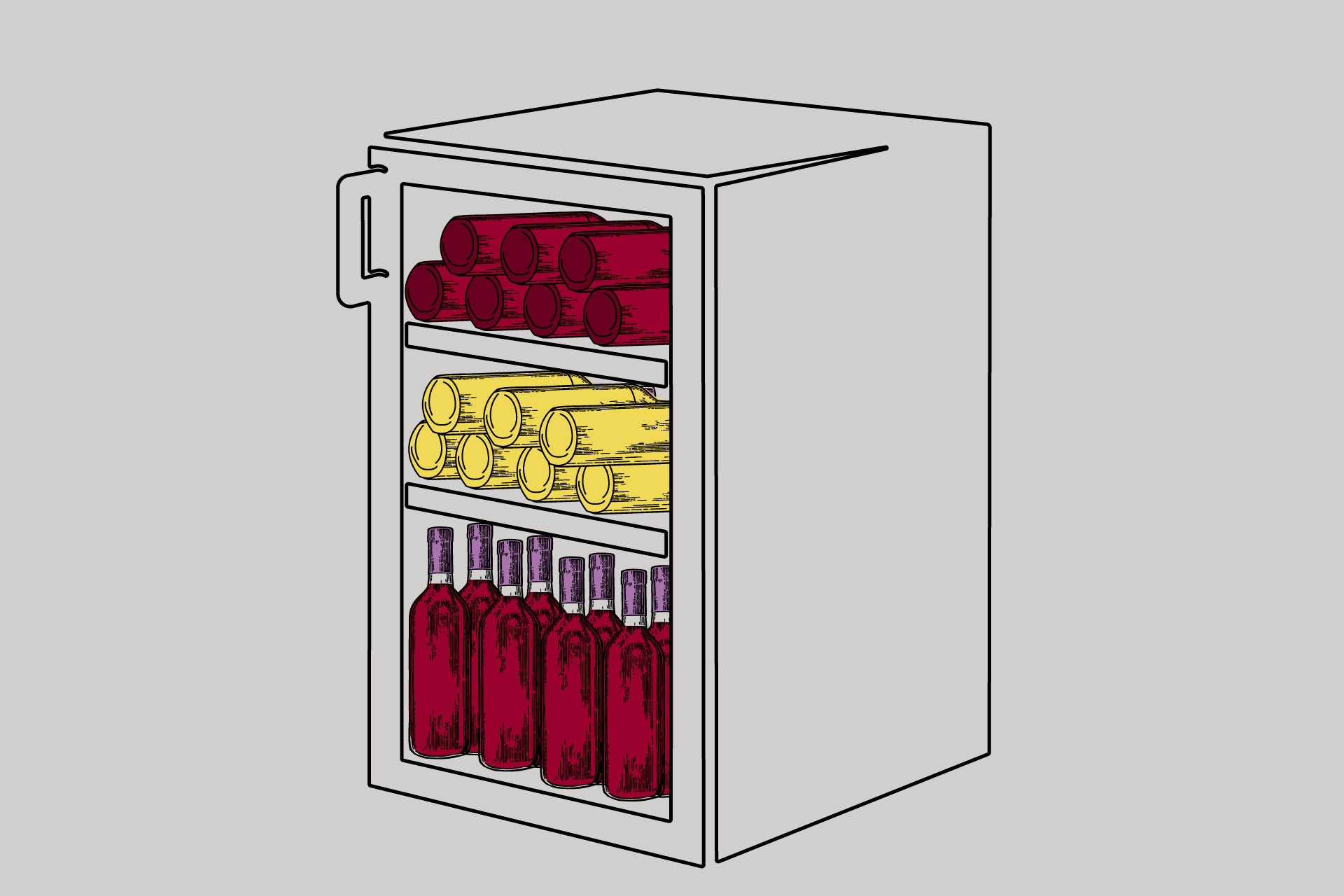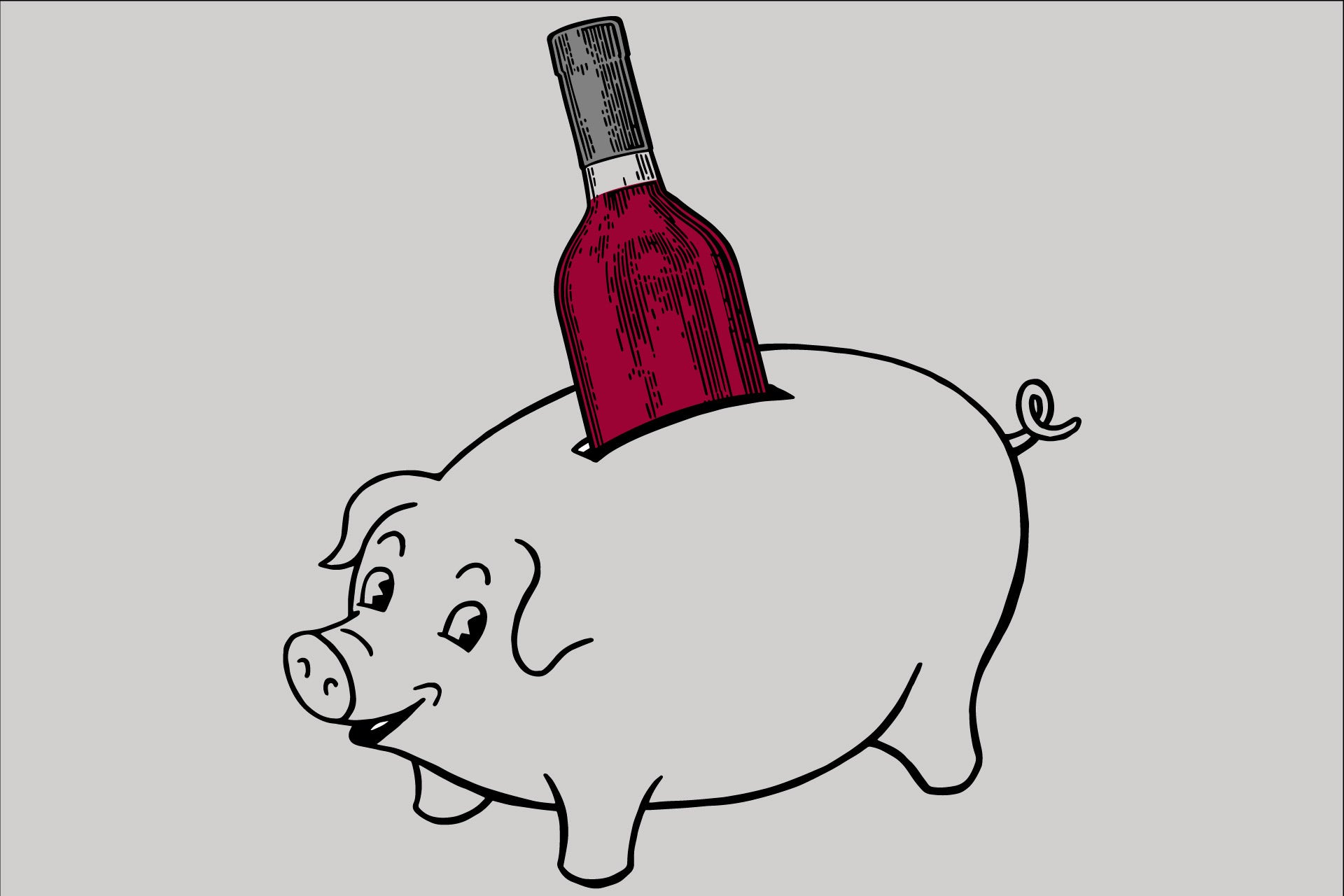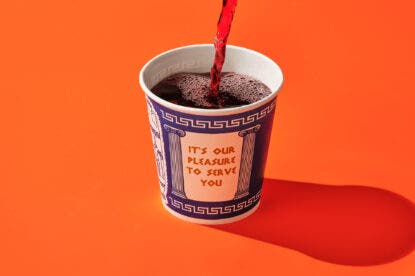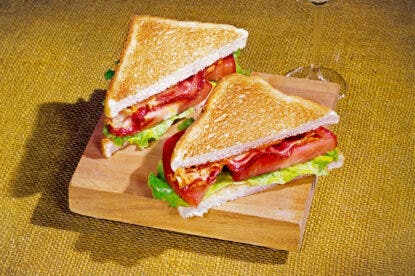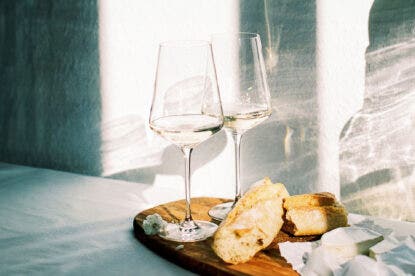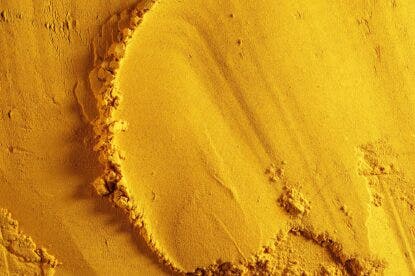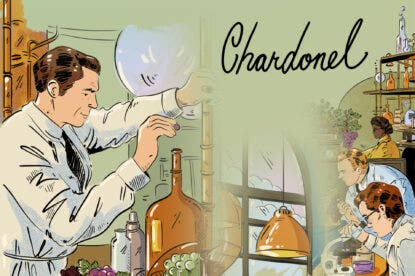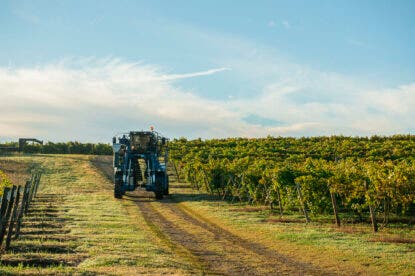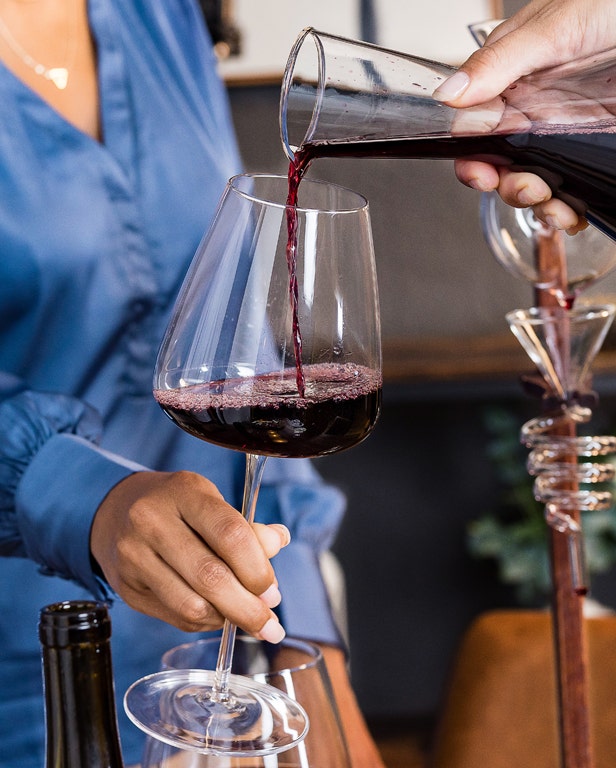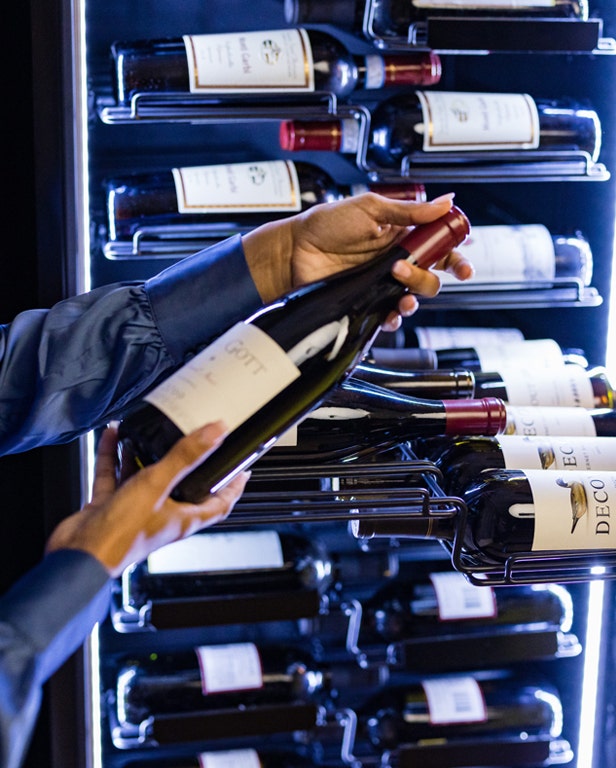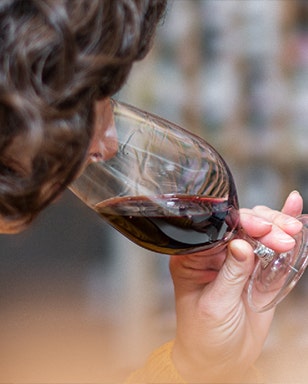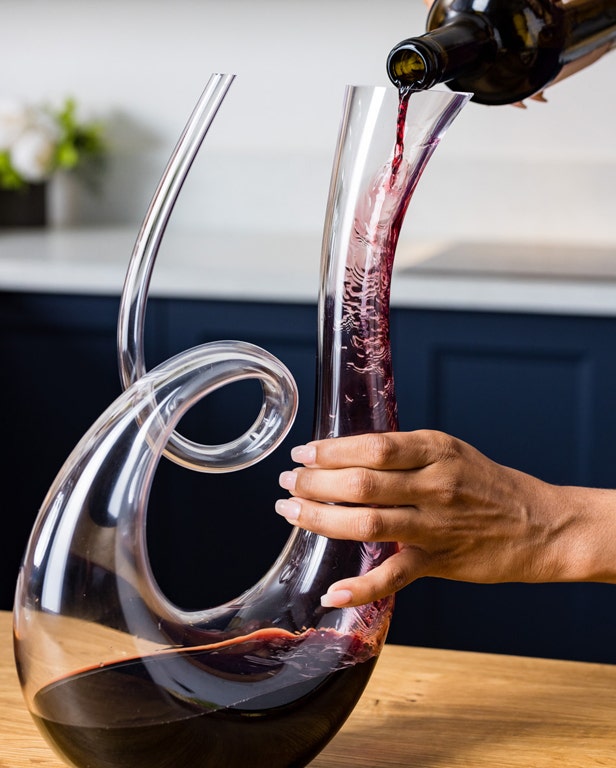So many questions precede the collecting process. What kind of wine should I collect? What if I don’t like what everyone else likes? How much money should I spend? What the heck is a Coravin?
Denise Clarke, owner/winemaker of Altipiano Vineyard & Winery, understands.
“We can become overwhelmed and intimidated because we think that we don’t know enough,” she says. “I just say this: You know what you like, and you know what you don’t like. Keep that in mind as you’re going through the learning process about wine.”
Here are tips and strategies for all types of aspiring collectors and connoisseurs, organized by budget.
Budget: $200
Know what you like
It’s as simple as that. Everyone should learn what they prefer and collect accordingly.
Cassandra Schaeg, owner/operator of Sip Wine & Beer, a wine bar in Escondido, California, encourages patrons to visit a winery if possible, taste and go from there.
“I would always suggest that people start local first, because they’re able to support small businesses, and then they’re able to experiment to see how their palate aligns with certain wines,” she says.
Clarke says it’s possible to test your palate even in the age of social distancing through virtual wine tastings.
“That is so much fun because you’re getting the story and, to me, wine tells a story,” says Clarke. “Don’t spend the $200 until you have at least gone around to different places.”
Strategize your storage
Expensive wine coolers aren’t always necessary, especially for beginner collectors. Schaeg recommends a wine rack in a dark, cool place, like a closet that stays between 65–70°F.
Make sure the wine lies on its side to keep the cork wet so it won’t disintegrate and go for an impromptu swim.
Collect with a purpose
On the $10,000 side of the scale, collectors often look for expensive bottles that will increase in value. On the $200 side, many seek a different kind of reward: sentimentality.
Courtney Quinn, a speaker, educator and writer of Path2Wine, suggests to collect wines with a personal connection, like a vintage that coordinates with a significant life event.
For her, that event was her 40th birthday. She began collecting bottles from her birth year, 1980, and opened them on her birthday to share with family.
“To my parents, to be able to open this and talk about my life over the past 40 years, and have a bottle from my birth year, it was very significant,” says Quinn.
Sleek Design, Maximal Storage
Rated the “Best Overall” wine fridge by Food & Wine, our 32-Bottle Dual Zone MAX Compressor Wine Cooler boasts “excellent capacity, accurate temperatures,” and other sweet features.
Budget: $2,000
Get some equipment
At the next level of wine collecting, Schaeg and Clarke recommend investing in equipment, like a dual wine cooler, decanter or Coravin.
“I always tell people if they found a very pricey bottle of wine or they’re splurging, that they aerate the wine, and, if they can, get a decanter,” says Schaeg.
She also recommends a Coravin system, a tool that uses a small needle to pump wine through the cork into a glass. This preserves the wine so it can be enjoyed over a longer period of time.
“You’ve probably never heard of it…”
Sure, anyone can buy an expensive bottle from Barolo, but Gattinara might work just as well and cost less.
Robin Stark runs Starkland Cellars, where she partners with collectors to help them invest in up-and-coming and valuable wines. If you like Burgundy, but can’t afford Burgundy prices, check out the places next door. Stark recommends Savigny-lès-Beaune, Fixin or Cru Beaujolais.
Stay away from Napa unless you’re looking to spend more. Stark says it’s difficult to get good wine from Napa for less than $75, but that it’s possible to get great wine from Bordeaux for $30.
“That’s the dirty little secret that California doesn’t want you to know,” says Stark. “Every wine salesman loves sharing that knowledge if you just ask for it.”
Budget: $10,000
Treat your collection like an investment
Just as brokers track the stock market, wine collectors track their investments. Quinn suggests services like Liv-ex that price and source wine trades, or Berry Brothers & Rudd, which will choose and hold wines for you.
This is the tier to start investing in big names. Schaeg recommends Napa Valley wines like Opus One Winery and Duckhorn Vineyards.
“Basically, they’re these wines that you hear the name and they have this longstanding reputation,” Schaeg says. “They’re wines that you want to hold onto and break open for special occasions.”
Stark says to build a collection of $90 bottles that will age well, especially Burgundy.
“Buy it for $100 and then by the time you’re drinking it three years later, it’s $175,” she says. “Burgundy is the cool-kid wine right now.”
Enjoy the story
Above all, Clarke says all wine has a story. Every element creates a unique tasting experience.
“When you take that first sip, you’re taking that sip to be introduced to that wine and its story, but that wine should compel you to take the second sip to get the depth of the story,” she says. “Wine is bottled poetry. It really is.”
Published: October 6, 2020




